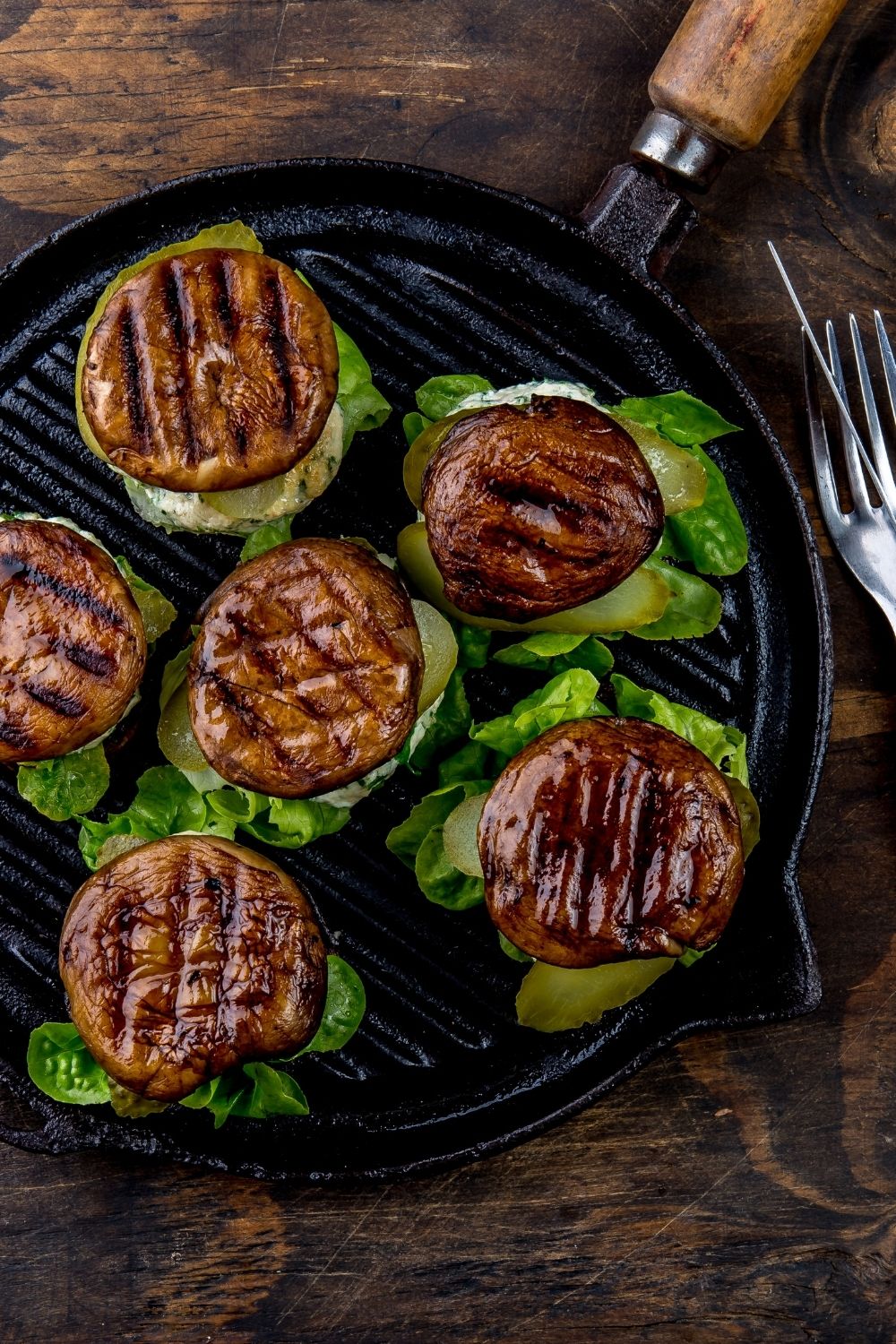
Flexibility is a key skill in cooking. It could involve adapting your recipe to accommodate seasonal produce, using a different way to prepare an item, or creating a custom order to meet customer preferences. The key to adaptability lies in being open to change, trying new techniques, and accepting that there will always be new tastes and expectations. If you are a beginner, here are some tips to improve your cooking skills.
Learn basic knife skills
Most adults can cook basic meals, but they could benefit from more knowledge. One area where more knowledge can be useful is knife skills. You can take a knife skills class to learn how best to maintain knives and to keep them safe. It is possible to also learn how to slice vegetables and debone chickens. This skill is essential and will make cooking so much easier.
Develop your teamwork skills
Cooking requires collaboration. You will need to be able and willing to work with others, whether it's getting orders from servers or sharing cleaning duties with your team. Your communication, understanding and teamwork skills are key to success in this industry. Here are some tips to make your teamwork better. Communicate better with your colleagues in the kitchen and at work.

Master Western cuisine cooking techniques
Learn how you can prepare Western-inspired dishes. French cooking is the origin of most western techniques. In fact, French chefs were the first to document cooking processes and name subvariants. These are also known as the Five Mother Sauces. Many of today's sauces are variations of these classics. Although France may have introduced Western cuisine to the world, they were soon influenced by other European countries. For example, pasta, introduced by Italians, became an integral part of Werntern cuisine.
Invest in good-quality cooking utensils
Quality cooking utensils are a great investment, no matter how experienced or new you are. The right tools can make all the difference in your cooking skills, from chopping vegetables to making sauces. In addition to improving your cooking skills, investing in the proper utensils can also increase your enjoyment of the process.
Pay attention to every detail
One of the most important qualities to be a successful chef is being able to recognize small changes in a recipe. Attention to detail is key to ensuring that your food preparations are accurate. Take time to note useful details, such as a customer's name or order details. This attention is critical to ensuring that the food you prepare is delicious and your customer is satisfied.

Practice cooking skills
The key to cooking well is knowing how to move from one task to the next. You can express yourself in a new way by learning and practicing cooking skills. Every recipe is different, so practice makes perfect! A good way to judge whether a bread is underproof or overproof is to poke it with a finger. If the bread doesn't spring back at all, or just slightly, it is probably underproofed. It should still have some spring in it.
FAQ
Can I learn how to cook together with my children?
Yes! Yes, kids love to help in kitchen. It's an enjoyable activity that teaches responsibility and teamwork. Children can help in everything, from washing vegetables and cutting onions. If your children follow safe practices when handling knives, they will enjoy helping you cook.
What is the cost to study culinary arts?
The price of studying culinary arts varies widely. A four-year degree usually costs around $40,000. A two-year associate's program may be less expensive at $5,000. The tuition rate you choose depends on the program. Prices for tuition are higher in private institutions than they are for public ones.
What are the qualifications to be a chef?
A bachelor's degree in culinary art is necessary to become a professional chef. A series of tests administered to you by the ACF will also be required. After you have completed all requirements, you will receive a certificate confirming your qualifications.
Statistics
External Links
How To
How to make a perfect eggroll
Omelets are my favorite breakfast dish. But how do you make them perfectly? There are many recipes and methods I tried, but none worked. So today, I want to share some tips and tricks with you so you can make your own delicious and fluffy omelets every morning.
It is important to know that eggs can be temperamental when making omelets. The eggs must be fresh from an organic source and kept at room temperature until they are ready to be cooked. If you don't keep them cold enough, the whites won't form properly, and the yolks will break down too much and become runny. Your omelets will look strangely colored if this happens. It is best to use room-temperature eggs if you are going to cook them right away.
Another tip is to separate each egg before adding them to the saucepan. It is important not to allow any white to mix with the yolk as this could lead to the omelet becoming curdled.
The bottom part of an egg that is added directly to the stovetop might be burned, which could cause a ruined texture in your omelet. Instead, put the egg in the microwave for 10 seconds before putting it into the pan. The microwave heat is sufficient to cook the egg without overcooking.
Let's now talk about mixing eggs. You want to mix the eggs thoroughly before you add them. You can do this by turning the bowl of your mixer upside down. Next, shake the bowl vigorously. This allows the air to be whipped and the egg to be mixed thoroughly.
Now comes the fun part: adding the milk to your mixture. Pour half the milk into the beaten egg mixture and then fold in the eggs. Do not be alarmed if there are still egg streaks visible. Once the omelet flips, these streaks will disappear.
After folding the eggs fold the pan onto medium heat. When the oil starts to hot, wait for the pan to cook. Once the oil has gotten hot, add 1/4 cup of butter and swirl it around so that the entire pan is coated. Open the lid and sprinkle salt on the pan. The salt will help to prevent the omelet's sticking to the pan.
Once the omelet has formed completely, cover the pan and let it set for a few minutes. Flip the omelet upside down or with a spatula. Cook the second side for a minute or so. Take the omelet out of the pan and immediately serve.
This recipe works best when you use whole milk.